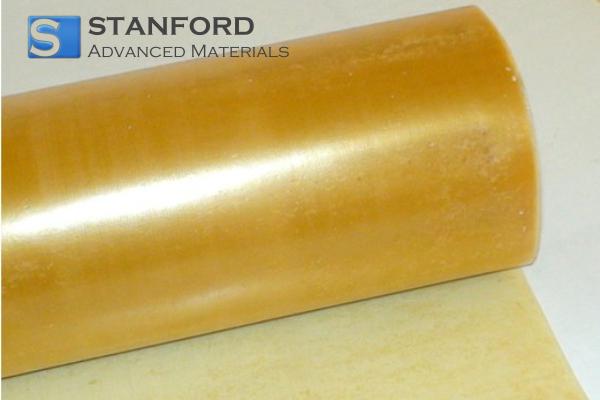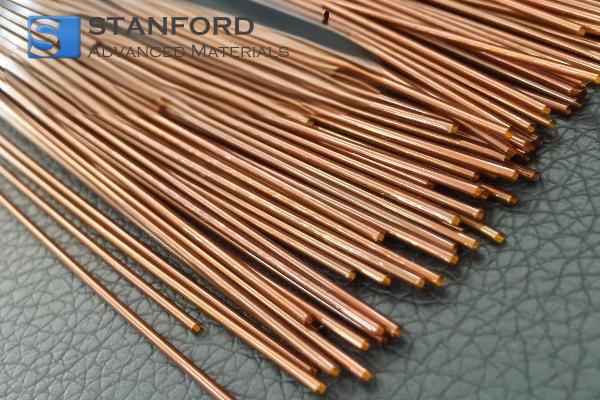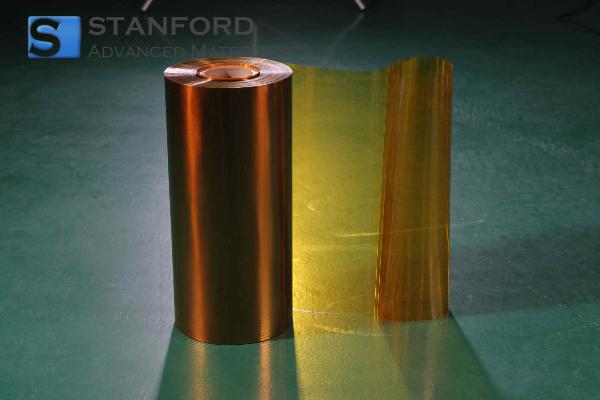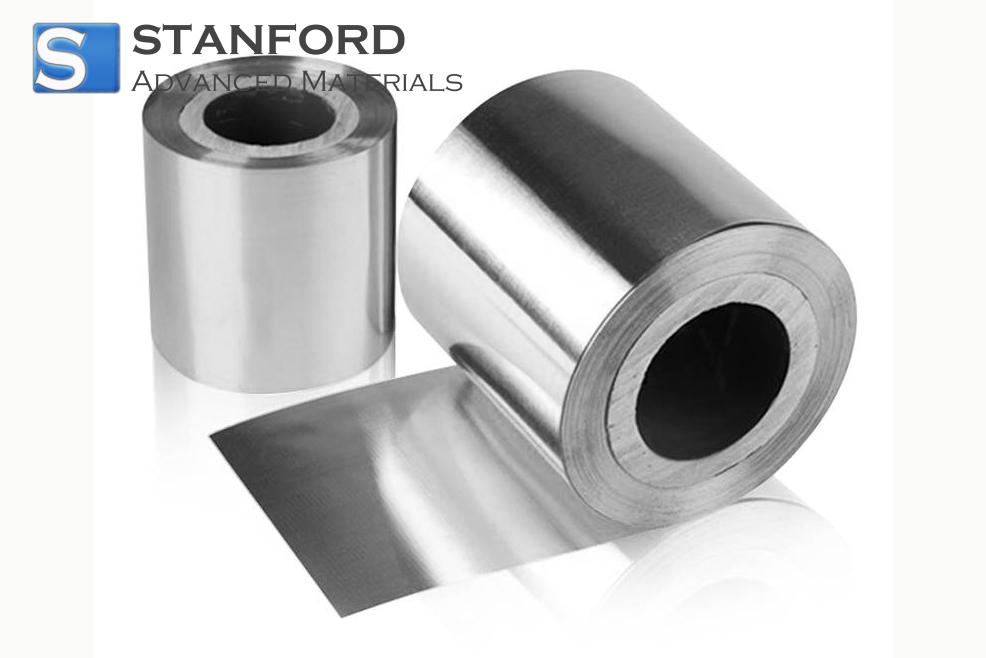Arsenic: Element Properties And Uses
Description
Arsenic is a chemical element with the symbol As and atomic number 33. It is a metalloid that exhibits both metallic and non-metallic properties.
Description of Chemical Properties
Arsenic is a metalloid, i.e. it exhibits both metallic and non-metallic properties. It occurs in several oxidation states; the most common are -3, +3 and +5. Arsenic compounds may form arsenides, arsenates and arsenites, which participate in various chemical reactions and applications. The element can react with metals to form alloys, and toxic compounds may develop when present at high concentrations in the environment. Arsenic is known for its toxicological effects, particularly in its inorganic form, which is associated with severe health risks if ingested or inhaled.
Table of Physical Properties
|
Property |
Value |
|
Density |
5 776 g/cm³ (at 20°C) |
|
817 °C (1 090 K) |
|
|
Boiling Point |
613 °C (886 K) |
|
Colour |
Grey metallic or yellow in powdered form |
|
State |
Solid at room temperature |
For further information, please visit Stanford Advanced Materials (SAM).
Common Uses
Arsenic is used in various applications, including in semiconductors, LED devices and in the production of alloys. It was formerly used in pesticides and herbicides. Despite its toxicity, arsenic compounds are employed in medicine, particularly in cancer treatment such as with arsenic trioxide. In addition, arsenic is used in the manufacture of certain types of glass and as a preservative in some pressure-treated timber.
Preparation Methods
Arsenic is typically extracted from ores such as arsenopyrite, which are heated to release arsenic vapour that subsequently condenses into solid arsenic. In industry, arsenic is generally processed by roasting arsenic sulphide ores in the presence of oxygen to yield arsenic trioxide. It may also be produced by reducing arsenic compounds with carbon or other reducing agents.
Related Industrial Products
Arsenic is an essential component in the manufacture of various industrial products. These include arsenic alloys used in the electronics industry and the use of arsenic in the production of pesticides, herbicides and wood preservatives. In addition, arsenic compounds are utilised in the manufacture of certain types of glass, particularly those with a high refractive index.
Frequently Asked Questions
Q: What are the main uses of arsenic?
A: Arsenic is primarily used in the manufacture of semiconductors, LED devices and alloys, as well as in the preservation of treated wood. It is also employed in certain medical treatments and was formerly used in pesticides.
Q: Is arsenic toxic?
A: Yes, arsenic is highly toxic, particularly in its inorganic form. Prolonged exposure to arsenic can lead to severe health issues, including cancer and organ damage.
Q: How is arsenic extracted?
A: Arsenic is extracted from ores such as arsenopyrite by heating the ore to release arsenic vapour, which then condenses into solid arsenic.
Q: What are the physical properties of arsenic?
A: Arsenic has a density of 5 776 g/cm³, a melting point of 817 °C and a boiling point of 613 °C. It generally has a grey, metallic appearance, but may appear yellow in powdered form.
Q: In which industries is arsenic used?
A: Arsenic is employed in the electronics industry for semiconductors, in the production of certain alloys, in pesticides, herbicides and pressure-treated wood, and in the manufacture of glass.

 Bars
Bars
 Beads & Spheres
Beads & Spheres
 Bolts & Nuts
Bolts & Nuts
 Crucibles
Crucibles
 Discs
Discs
 Fibers & Fabrics
Fibers & Fabrics
 Films
Films
 Flake
Flake
 Foams
Foams
 Foil
Foil
 Granules
Granules
 Honeycombs
Honeycombs
 Ink
Ink
 Laminate
Laminate
 Lumps
Lumps
 Meshes
Meshes
 Metallised Film
Metallised Film
 Plate
Plate
 Powders
Powders
 Rod
Rod
 Sheets
Sheets
 Single Crystals
Single Crystals
 Sputtering Target
Sputtering Target
 Tubes
Tubes
 Washer
Washer
 Wires
Wires
 Converters & Calculators
Converters & Calculators
 Write for Us
Write for Us




 Chin Trento
Chin Trento



